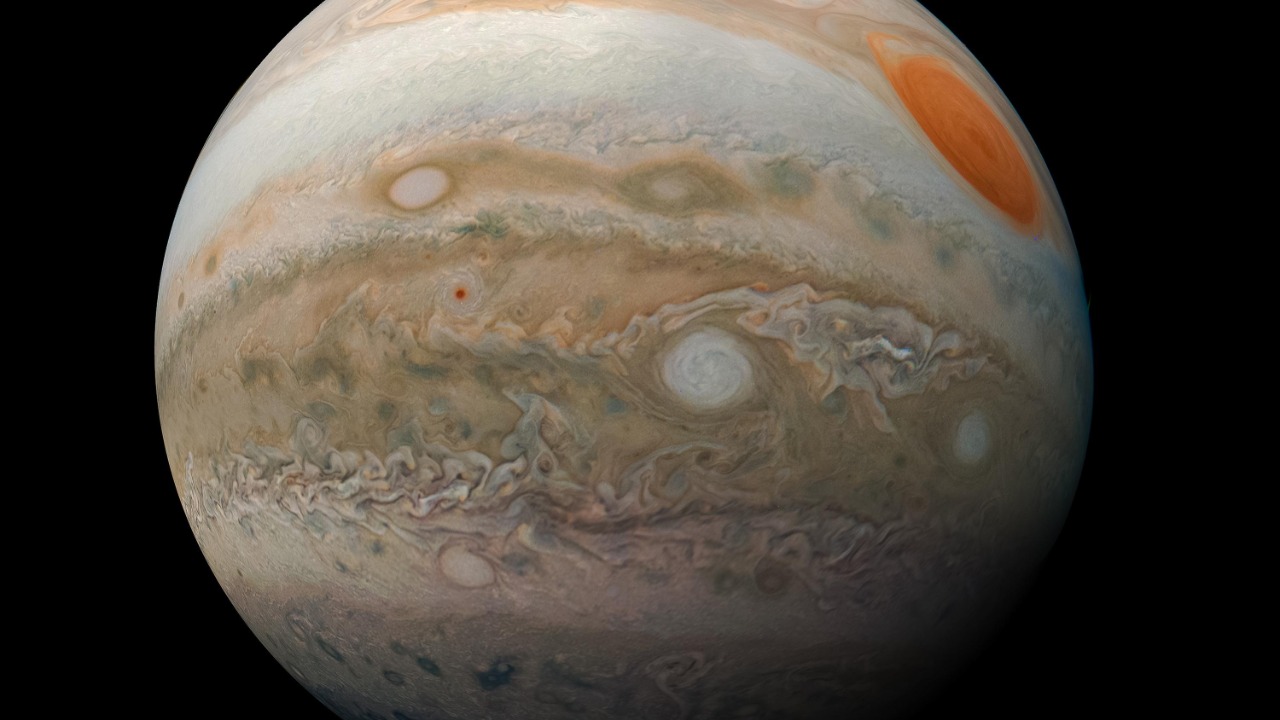
A groundbreaking study suggests that a massive interstellar object, comparable in size to Jupiter, may have traversed our solar system billions of years ago, significantly altering its structure. This theory posits that the gravitational influence of this visitor could explain the unusual tilts observed in planetary orbits, challenging previous notions that focused solely on internal dynamics. Additionally, the “Planet Y” hypothesis introduces the possibility of a hidden Earth-sized planet within our solar system, potentially affecting the orbital tilts of planets such as Uranus and Neptune. This model, detailed in an October 3, 2025, analysis, uses data from distant Kuiper Belt objects to account for the solar system’s subtle asymmetries.
The Mystery of Planetary Tilts
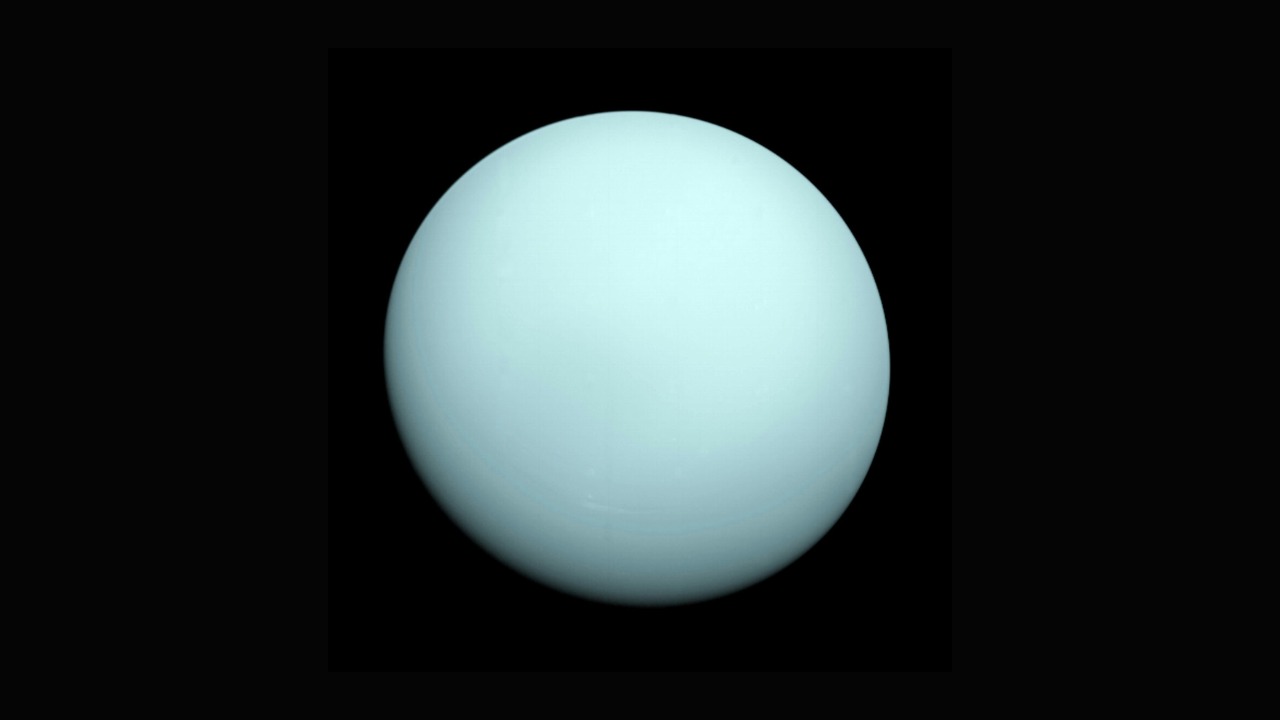
The peculiar orbital inclinations of planets in our solar system have long puzzled astronomers. For instance, while Earth’s axial tilt is 23.5 degrees, its orbital inclination is nearly 0 degrees, indicating a near-perfect alignment with the solar plane. In contrast, Uranus exhibits an axial tilt of 97.8 degrees, yet its orbital inclination is only about 0.77 degrees. These deviations from a perfect ecliptic plane have prompted scientists to explore external influences on planetary orbits. Evidence from spacecraft missions, such as Voyager 2, has revealed unexpected tilt patterns in the outer solar system, suggesting that external perturbations may have played a significant role in shaping these inclinations (BGR).
These findings have set the stage for theories involving external gravitational forces. The idea that an interstellar object could have passed through our solar system, exerting a gravitational pull that altered planetary orbits, presents a compelling alternative to traditional explanations. This perspective aligns with observations of the Kuiper Belt, where the orbits of many objects appear warped, hinting at past gravitational disturbances (Sky at Night Magazine).
Planet Nine’s Potential Role
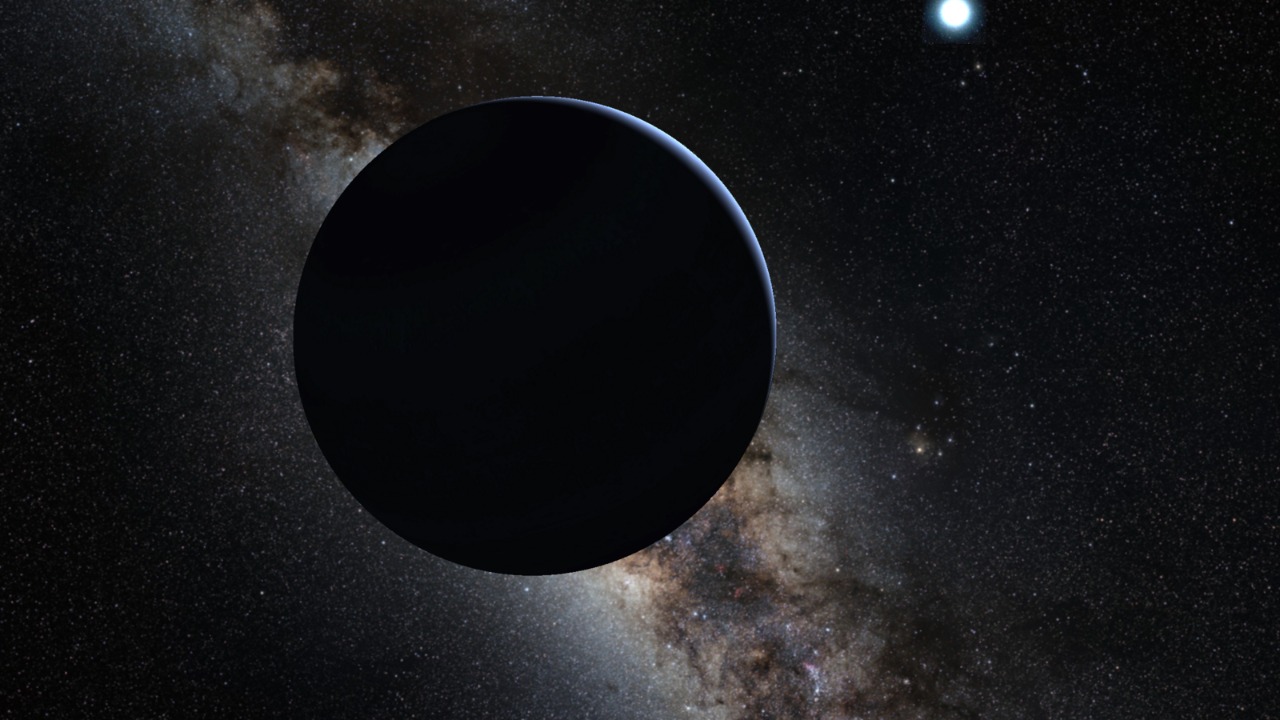
The hypothetical Planet Nine, believed to be 5-10 times the mass of Earth, is thought to reside far beyond Neptune. Its gravitational influence could potentially shepherd Kuiper Belt objects and induce orbital tilts through resonant interactions. Simulations suggest that Planet Nine’s orbit itself might be tilted by about 15-20 degrees relative to the solar equator, which could amplify system-wide warping over billions of years. This theory provides a plausible explanation for the observed anomalies in the orbits of distant solar system objects (CNN).
The implications of Planet Nine’s existence extend beyond mere orbital mechanics. If confirmed, it would not only reshape our understanding of the solar system’s architecture but also influence the search for other distant planetary bodies. The gravitational effects of such a massive planet could have far-reaching consequences, potentially affecting the stability and evolution of the entire solar system.
Planet Y: A Closer Hidden World
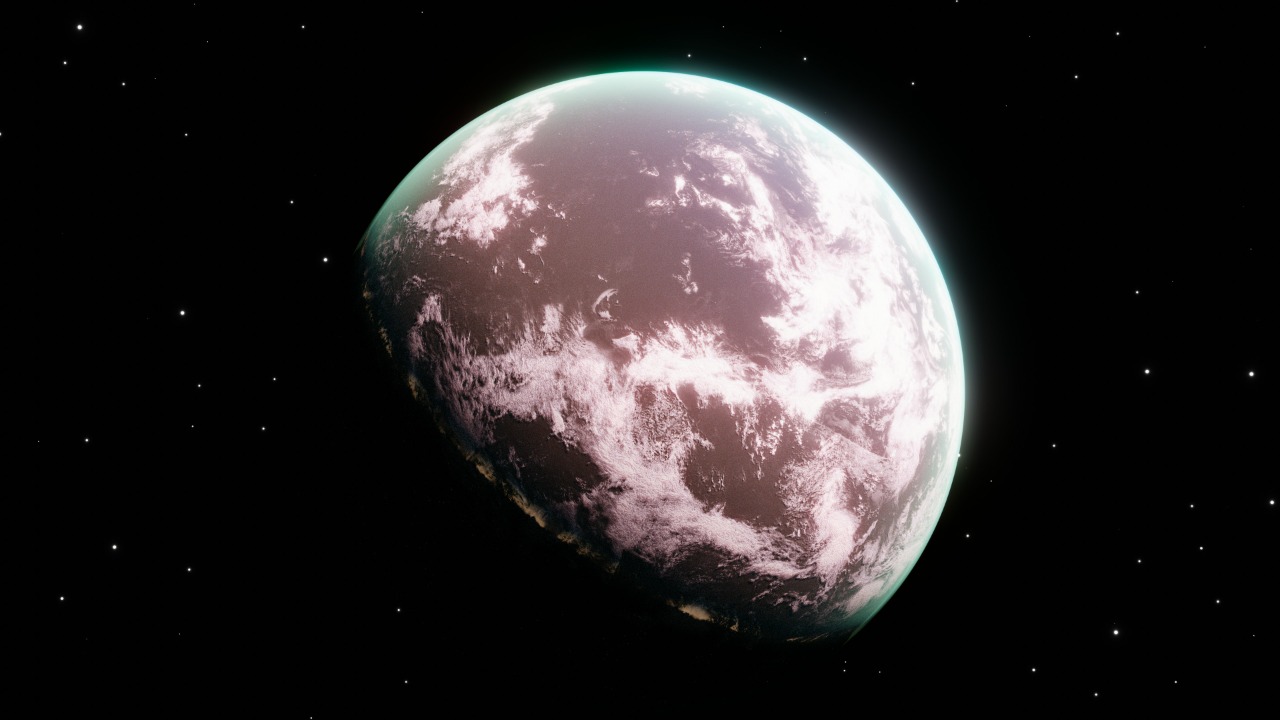
The “Planet Y” hypothesis suggests the presence of an undetected Earth-sized planet orbiting at 200-400 astronomical units (AU), closer than the proposed range for Planet Nine. This planet’s gravity could subtly tilt the paths of inner planets, offering an alternative explanation for the observed orbital inclinations. Supporting data comes from the anomalous orbits of trans-Neptunian objects, which suggest that Planet Y’s influence might account for these tilts without necessitating a more distant massive body (Live Science).
Discovering Planet Y would have profound implications for our understanding of the solar system’s formation and evolution. It could provide insights into the distribution of mass in the outer solar system and help refine models of planetary formation. Moreover, the existence of such a planet would challenge current theories and prompt a reevaluation of the dynamics governing our cosmic neighborhood.
Interstellar Visitor Hypothesis
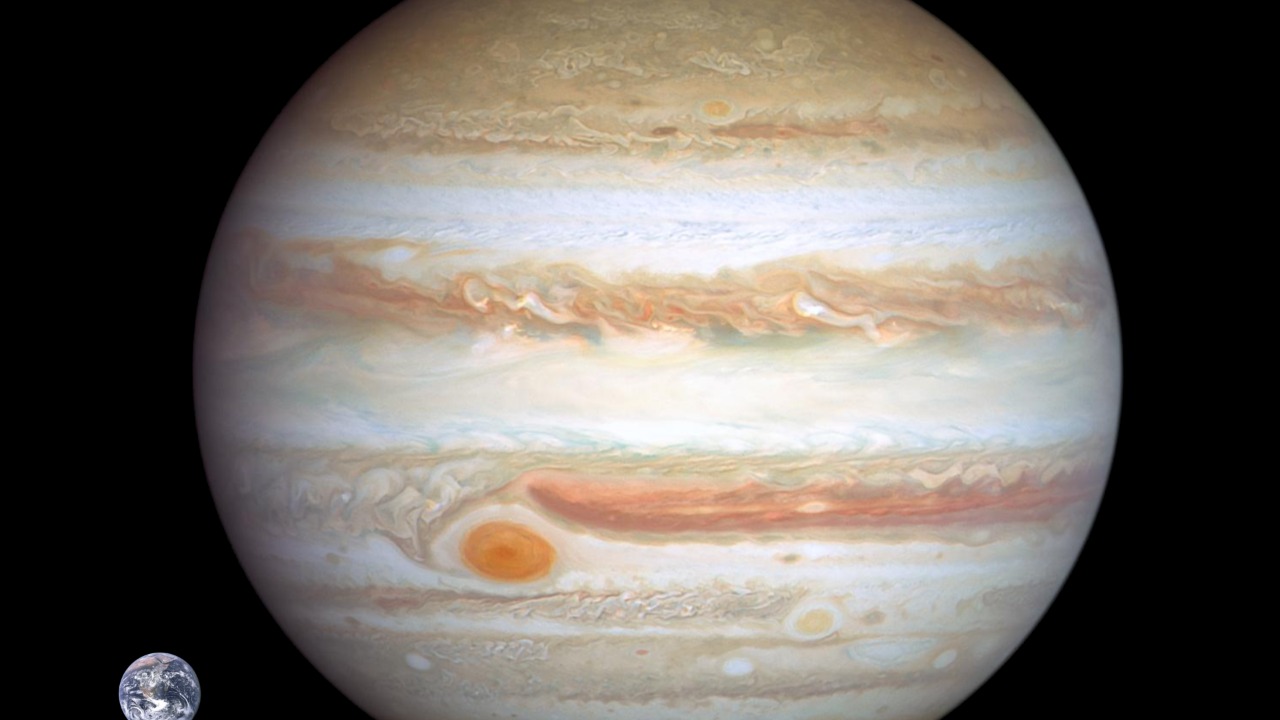
The theory of a Jupiter-sized rogue planet or star passing within 100-200 AU of the Sun around 4.5 billion years ago offers a fascinating explanation for the solar system’s current configuration. This interstellar visitor could have disrupted the protoplanetary disk, imprinting lasting tilts on the orbits of forming planets. The gravitational wake left by such an event might have misaligned the orbits of planets, with modern observations of the warped Kuiper Belt aligning with this historical intrusion (The Brighter Side).
This hypothesis underscores the potential impact of external forces on planetary systems. If validated, it would highlight the dynamic nature of our solar system and the influence of interstellar objects on its evolution. Such an event would not only explain the current orbital tilts but also provide a broader context for understanding similar phenomena in other planetary systems across the galaxy.